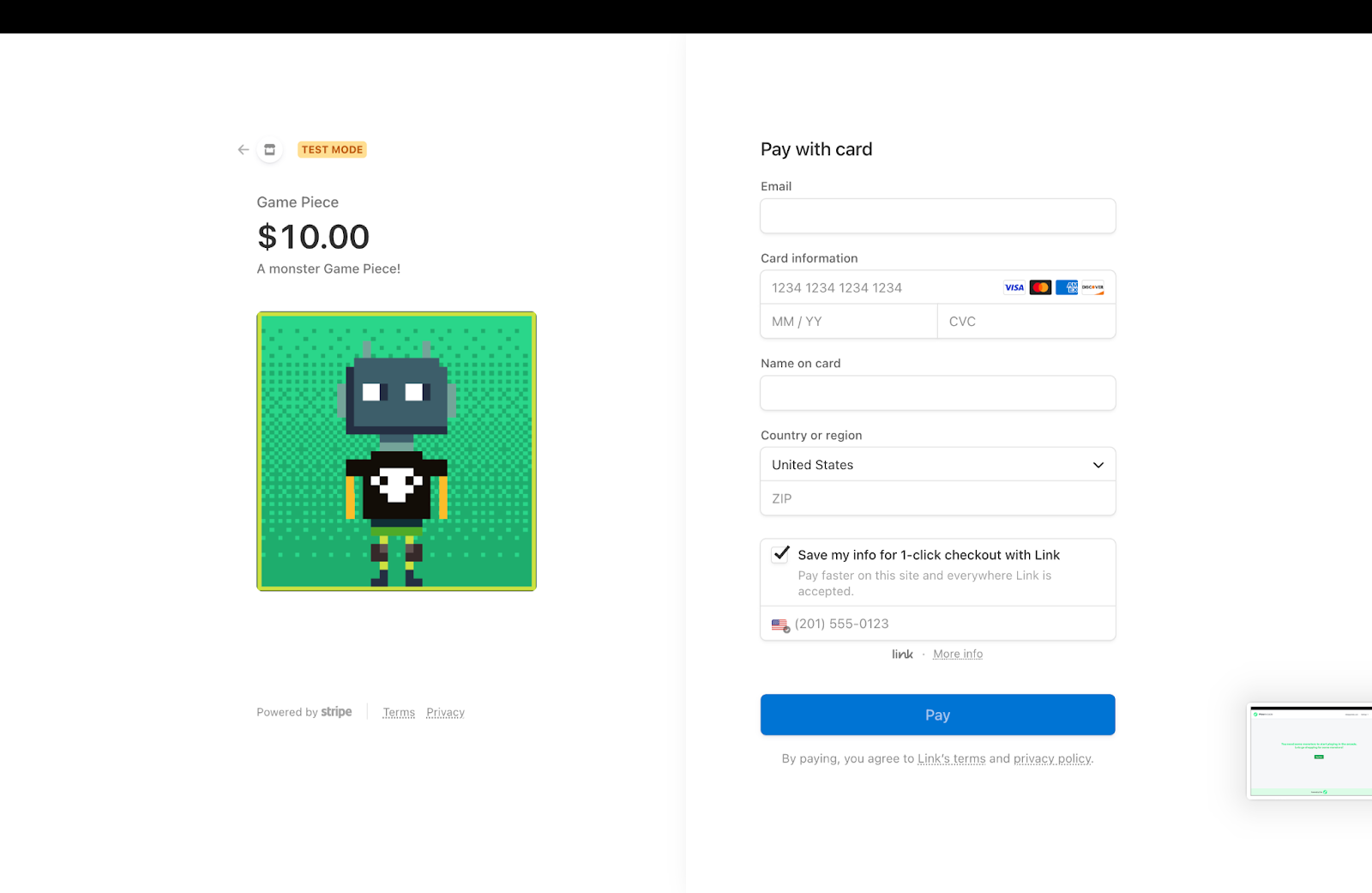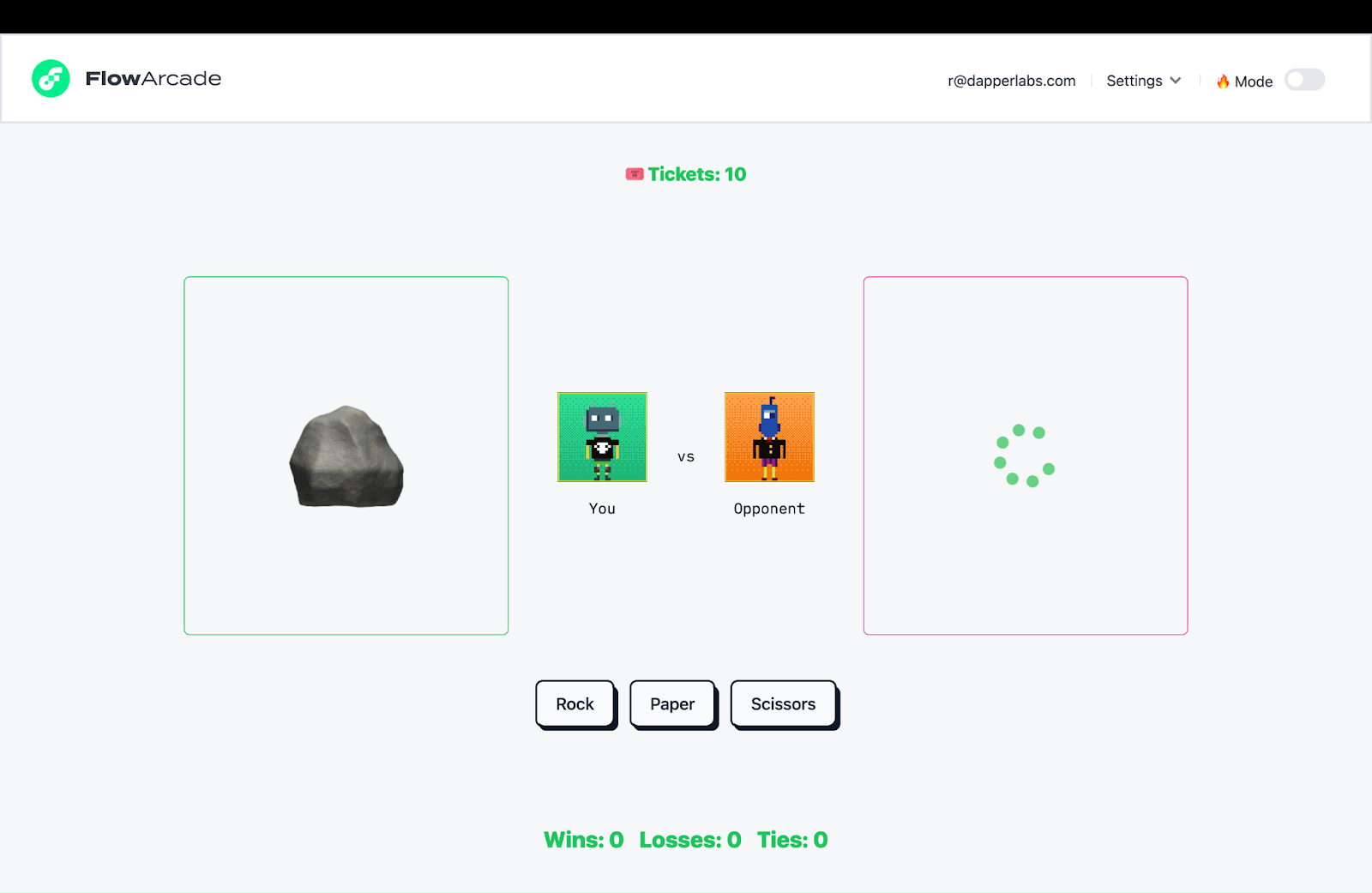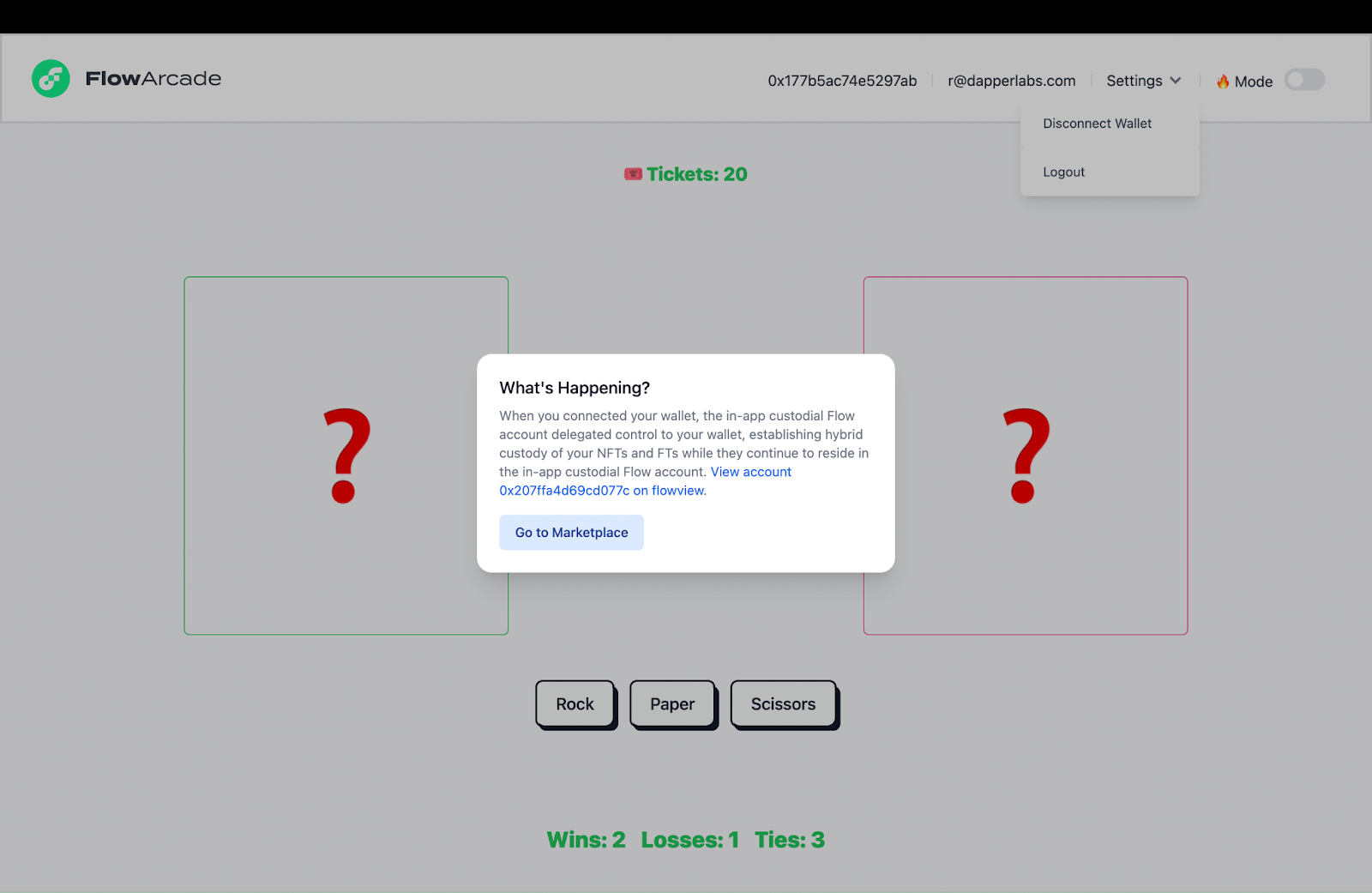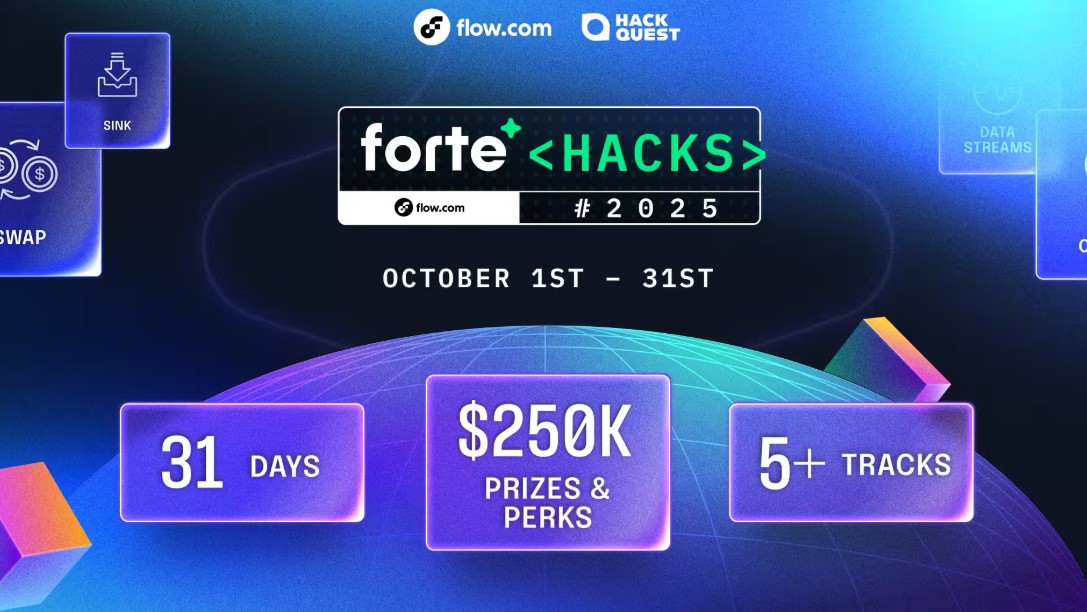DEMO: Experience Walletless Onboarding + Account Linking in action

High-friction user experiences (UX) are common in Web3 today, and they’re a major turn-off for mainstream consumers thinking about making the transition from Web2. And while Web3 is poised to transform nearly all aspects of modern life for the better, the mass adoption of blockchain-based technology is critical to the realization of our industry’s full potential.
From the very beginning, Flow was carefully designed to empower developers to create limitless Web3 dApps for mainstream users. As we shared previously, Flow is once again revolutionizing how consumers are introduced to Web3 through Walletless Onboarding and Account Linking. These solutions – available for developers to incorporate into projects starting today – provide a familiar, accessible experience for users as they onboard to Web3, engage with dApps, and explore the broader ecosystem.
To better illustrate the power of Walletless Onboarding and Account Linking, we’ve released a demo – Flow Arcade – to showcase how these solutions elevate the UX in a simulated game. Let’s walk through the user journey together to see how the player experiences these solutions as part of the simulation.
Getting started with Walletless Onboarding
While most dApps require users to connect a self-custody wallet and purchase cryptocurrency to get started, Walletless Onboarding provides a more familiar experience. The player can use social media or email accounts to log in, and the game accepts fiat payment methods like credit cards to purchase a game piece.
At this stage, the game piece is held within a custodial account within the app. Developers should note that custodians that provide a fully custodial experience on behalf of a user take on additional responsibilities, and they should consider all legal and regulatory implications of this approach.

The in-game experience
Now, the user gets an opportunity to experience the game before ever being asked to take any additional steps. In this example, they play a few rounds of the classic game Rock, Paper, Scissors. For every win, the player receives 10 fungible tokens that function as arcade tickets in the game.

Inviting the player to move from app custody to self custody
To claim their tickets, the user is invited to sign up for and link a self-custody wallet. While players have the option to decline, now that our user has experienced the game they’re more likely to invest the time to move forward. Once they do, they unlock the full power of Web3 including real ownership and control over their digital assets, as well as the ability to sell their game pieces on third-party marketplaces.

Account Linking – the best of app custody and self custody
At this point, the user has effectively transitioned from Web2 to Web3. In most Web3 experiences, users are now stuck choosing between app custody, which allows them to use their collectibles in the original experience, or self custody, where they get real ownership and full control over their assets.
With Account Linking, the user can enjoy the best of both worlds. Through a new process called account linking and delegation, they can connect their app-based accounts to be controlled by their self-custody wallet, providing a hub to view and manage all collectibles and tokens.
At the same time, the primary account can authorize app accounts to use associated items and sign transactions, streamlining the in-app experience as well.

Developers have never been more empowered to win over consumer audiences than now. The phased approach of Walletless Onboarding paired with the streamlined UX of Account Linking is a game-changer for taking Web3 mainstream. We can’t wait to see how you incorporate these solutions into your projects moving forward!
Interested in learning more? Visit flow.com/account-linking


















